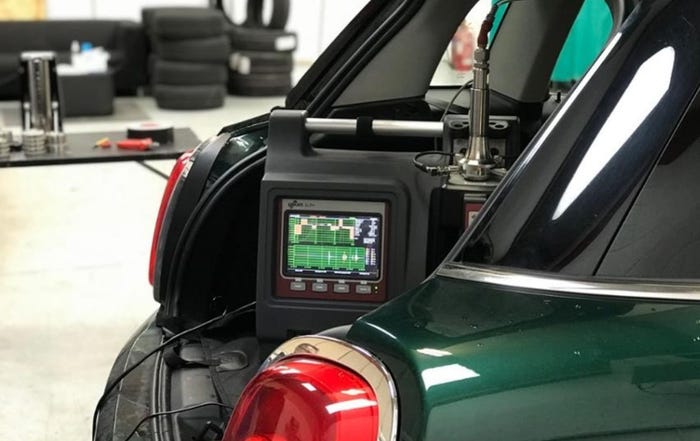OnStar Expands Crash Notification
TRAVERSE CITY, MI General Motors Corp.’s OnStar telematics division is planning to significantly expand use in the ’05 model year of its advanced automatic crash notification (AACN) system that provides vital crash information to emergency response centers. “We launched it last year, but in a very low-volume way on the (Chevy) Malibu,” OnStar President Chet Huber tells Ward’s at the Management Briefing
August 4, 2004


 TRAVERSE CITY, MI – General Motors Corp.’s OnStar telematics division is planning to significantly expand use in the ’05 model year of its advanced automatic crash notification (AACN) system that provides vital crash information to emergency response centers.
TRAVERSE CITY, MI – General Motors Corp.’s OnStar telematics division is planning to significantly expand use in the ’05 model year of its advanced automatic crash notification (AACN) system that provides vital crash information to emergency response centers.
“We launched it last year, but in a very low-volume way on the (Chevy) Malibu,” OnStar President Chet Huber tells Ward’s at the Management Briefing Seminars here. “It’s really going to grow in a significant way this year. It will be across a number of additional vehicle lines. It rolls out to the midsize sport-utes, and then it’s on a few other car platforms as well. So it starts to turn into pretty significant volume.”
Huber also says OnStar now has 2.7 million subscribers.
The current crash-notification system on most GM vehicles automatically alerts OnStar – an embedded in-vehicle communications system – within seconds when a subscriber vehicle’s airbag deploys.

OnStar President Chet Huber plans to expand crash-notification capabilities.
Coinciding with the introduction of OnStar’s next-generation hardware, the AACN calls for help if the vehicle is involved in a moderate to severe frontal-, rear- or side-impact crash, regardless of airbag deployment.
A collection of strategically located sensors determines the seriousness of the collision. The AACN system will provide accident severity information to OnStar call center advisors and 911 emergency operators.
The data helps determine the appropriate combination of emergency personnel, equipment and medical facilities needed. Impact force is one of the most important pieces of data used to determine the severity of a crash.
“And in some vehicles we can actually pick up (on the) number of occupants in a vehicle,” Huber says.
Eventually, AACN data also may be transmitted electronically to 911 centers, emergency responders, emergency departments and trauma centers using secured Internet connections.
“The challenge now is going to be taking this data and making it useful in an infrastructure that wasn’t ready to accept it. It’s a happy surprise for (emergency response workers),” Huber says. “They’ve had (U.S.) Dept. of Transportation tests, but now we’re saying it’s going to be hundreds of thousands of vehicles.
“The data is here. Now how do you push that out to the 5,000 911 points that all have different levels of technologies, that all have different levels of sophistication. And do it in a way that is secure and respects privacy.
“We’re learning a lot,” he adds. “We’ve got some great people guiding us through that.”
About the Author
You May Also Like



